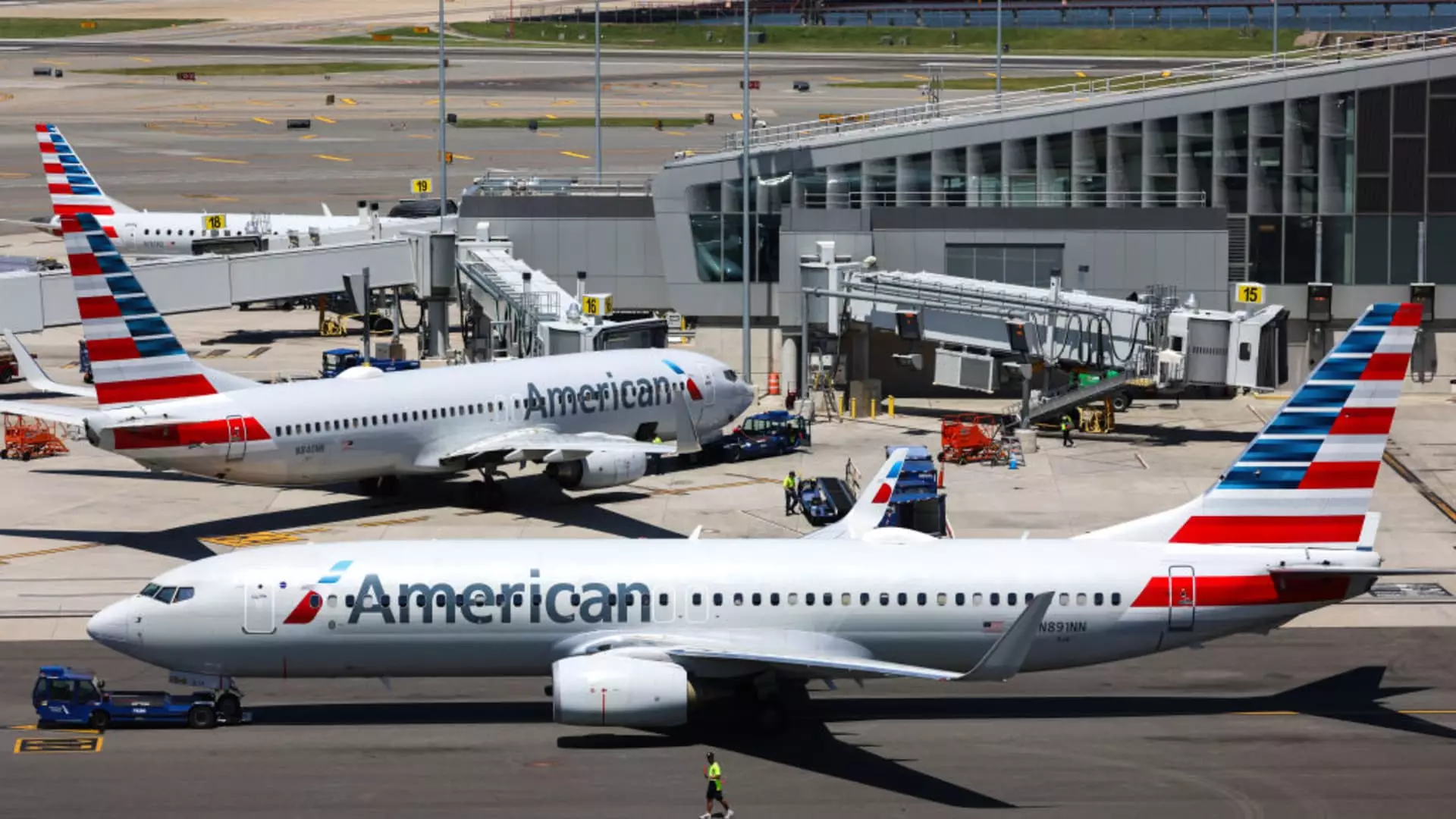As the competitive landscape of co-brand credit card partnerships evolves, American Airlines is reportedly considering a significant shift in its financial affiliations. After nearly a decade-long relationship with Barclays, the airline could soon partner exclusively with Citigroup, highlighting a strategic move aimed at maximizing profits from its loyalty program. This article delves into the implications of such a partnership, the current challenges in co-branded deals, and the broader impact on the airline and banking sectors.
The Dynamics of Co-Brand Partnerships
Co-brand partnerships between banks and airlines, retailers, or hotel chains are essential for driving revenue streams, particularly in sectors heavily reliant on consumer spending. American Airlines’ potential shift to Citigroup reflects a broader trend where major brands seek to solidify their relationships with fewer partners, hoping to negotiate more favorable terms. The complexities of these deals often weigh heavily on the profitability for both parties involved.
In recent years, brands have become increasingly assertive in negotiations, asking for larger shares of revenue from interest and fees. Conversely, banks are becoming more cautious, citing rising operational costs and regulatory scrutiny. This shifting power dynamic leads to intense negotiations, as seen in American Airlines’ current endeavors to consolidate its credit card partnerships.
American Airlines’ Loyalty Program Strategy
American Airlines has one of the largest loyalty programs in the industry, yet it lags behind Delta in terms of revenue generated from co-branded credit card arrangements. Delta’s partnership with American Express brought in nearly $7 billion last year, overshadowing American’s revenue of $5.2 billion from its existing partnerships. The importance of loyalty programs cannot be overstated; they serve as a crucial pillar for financial stability, particularly during periods of diminished travel demand, such as the COVID-19 pandemic.
The prospect of aligning with Citigroup may allow American Airlines to bolster its program and better compete with its rivals. Citigroup is known for its more affluent customer base, which tends to spend more on their credit cards with lower default rates. As American Airlines aims to enhance its loyalty offering, moving to a more profitable partner could have significant implications for its financial health.
Although talks between American Airlines and Citigroup are currently underway, the timeline regarding potential agreements remains murky. Regulatory oversight, particularly from the U.S. Department of Transportation and the Consumer Financial Protection Bureau, could complicate or delay the final decision. Such scrutiny emphasizes the need for transparency and adherence to regulations in an increasingly competitive marketplace.
If the transition to Citigroup is finalized, it would conclude an uncommon situation in the credit card landscape—wherein American maintained relationships with two issuers, Citigroup and Barclays, following its merger with US Airways in 2013. This dual issuance strategy could prove disadvantageous for long-term profitability as the industry trends toward consolidation for more effective marketing and operational efficiencies.
Should the deal with Citigroup materialize, it is expected that the agreement will span seven to ten years, affording Citigroup ample time to recoup investments related to onboarding Barclays’ existing customers. Long-term contracts are common in the industry, as banks typically earn a significant portion of their profits in the later stages of such agreements. This structure not only benefits banks but also incentivizes them to enhance their promotional efforts to tap into consumer spending effectively.
Citigroup’s recent push towards improving the profitability of its card business under CEO Jane Fraser is indicative of the potential that such a partnership could unlock. The bank has been reassessing its strategies amid a fundamentally challenging environment and recognizes the importance of valuable partnerships like that of American Airlines.
The Path Ahead for Barclays
Amid these developments, Barclays appears to be reassessing its own strategy in the co-branded card landscape, signaling a pivot away from airline partnerships. This shift may lead the financial institution to diversify its co-branded portfolio, focusing on collaborations with retailers and technology companies instead. Such strategic realignment may help Barclays mitigate risks in an industry marked by challenging margins and fluctuating demand.
American Airlines’ potential partnership with Citigroup symbolizes a critical juncture in the realm of airline loyalty programs and co-branded credit card agreements. As negotiations unfold, the airline’s ability to enhance customer value and establish a stronger financial trajectory rides on its decisions in this high-stakes arena. The interconnectedness of the airline and banking sectors will continue to evolve, with each partnership contributing significantly to the financial landscape.


Leave a Reply